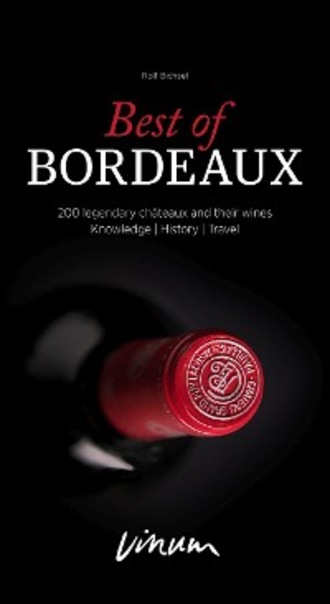
Полная версия
Best of Bordeaux
of industry. Anyone who would have us believe that Bordeaux belongs in a
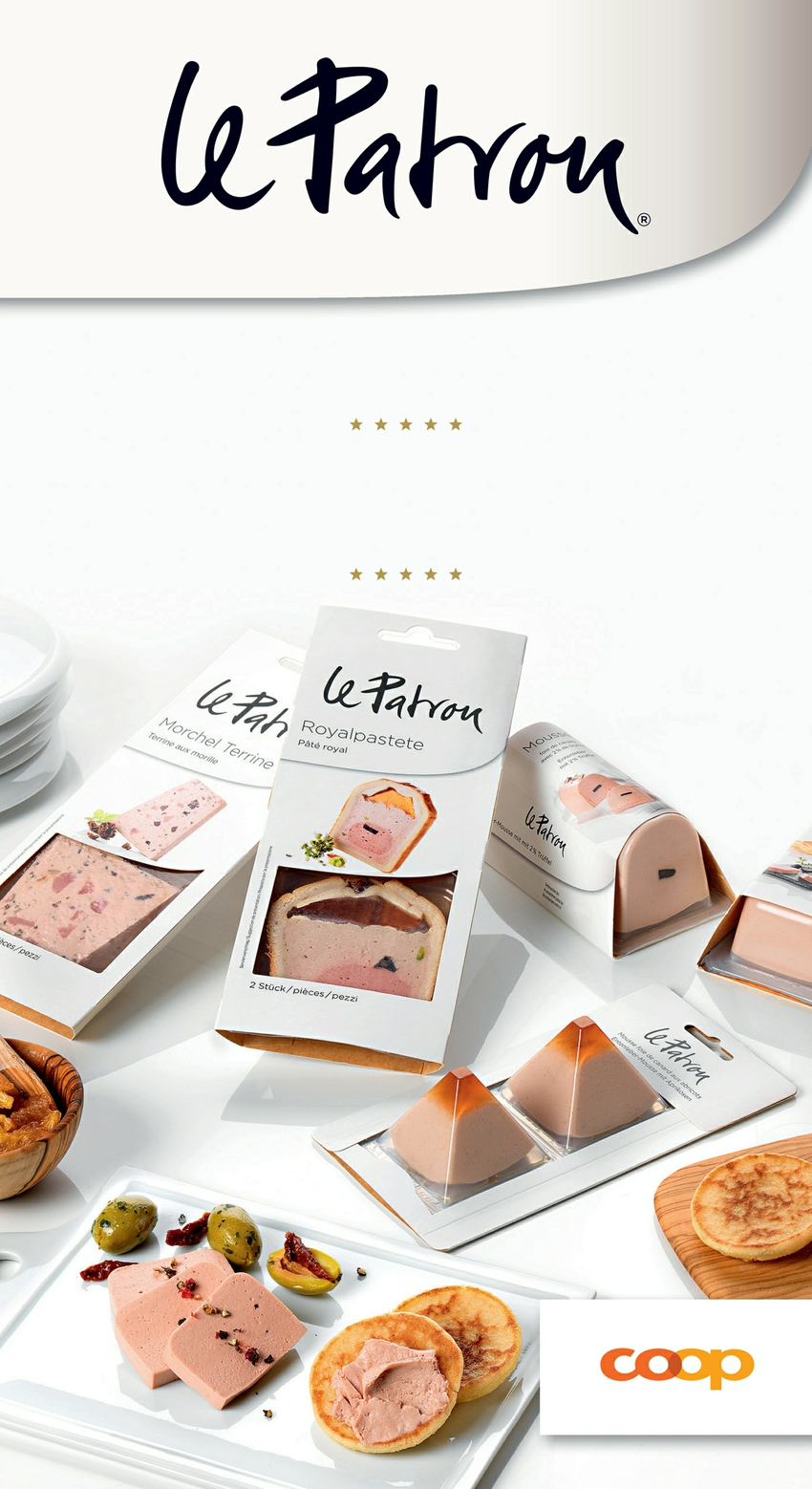
Impress your guests with
choice delicacies
and sophisticated creations.
Exclusive appetisers
www.lepatron-cuisine.ch
Available in
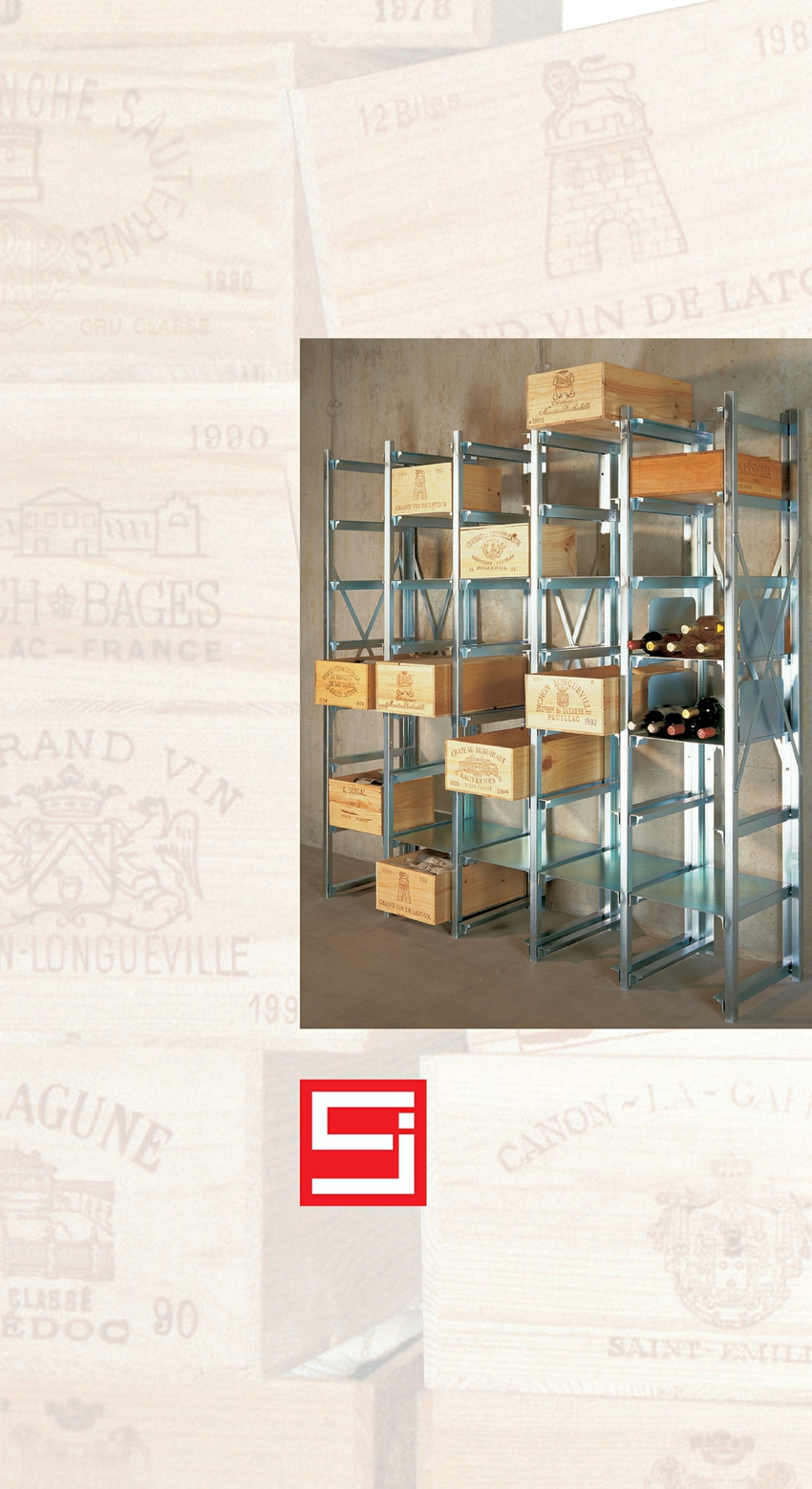
SIGNER AG
Fabrikstrasse 1
CH-8586 Ennetaach-Erlen (TG)
Tel. +41 (0)71 649 11 11
Fax +41 (0)71 649 11 22
info@signerag.ch
www.signerag.ch
SIGNER AG
Metallverarbeitung
von A–Z
Für Sammler und Geniesser, die ihre wertvollen
Bordeaux-Weine gerne in den Originalkisten lagern:
Das universelle
Bordeaux-Kisten- und
Weinflaschen-Gestell
8 Bordeaux-Kisten
übereinander stapelbar
Einblick und Zugriff in
jede einzelne Kiste
Spezialtablare für
Einzelflaschen
stabiles korrosionsge-
schütztes Stahlgestell
einfachste Montage
und Demontage
modularer und kom-
pakter Aufbau für opti-
male Platzausnützung
beliebig kombinier- und
erweiterbar (Platzbedarf
pro Erweiterungssatz:
381 mm)
u
nübertroffen preis-
günstig: Basisgestell
CHF 790.– inkl. MWST
(3 Gestelleinheiten für
total 24 Kisten; H x B x T
1846 x 1178 x 440 mm)
A
uch als praktisches
Tischgestell erhältlich.
Besuchen Sie unsere
Website oder verlangen
Sie unsere Unterlagen.
Spezialkonditionen ab 5 (wie Bild)
bzw. 10 Gestelleinheiten.

51
Oenologists History
neoclassical stucco villa with a liveried English servant in white gloves shak-
ily pouring an ancient Margaux into a decanter in candlelight to the sounds of
chamber music from a Russian string quartet flown in for the occasion, has been
sadly deceived. Bordeaux is not classic and aristocratic, Bordeaux is luxury, and
thanks to its increasingly broad range has remained astonishingly affordable.
Bordeaux is fashion and fun, Bordeaux is something for modern people, Bor-
deaux is young and urban, and if Bordeaux were music it would not be merely
Mozart echoing from the loudspeakers, but also techno, lounge and dub. There
is just one facet of Bordeaux which does not fit our fast-paced era: Bordeaux
needs time and leisure.
52
History Overview
56 BC Crassus conquers the Bituriges: Burdigala (Bordeaux) becomes Roman.
According to the historian Strabo there is virtually no home-grown wine, with
the drink instead being imported from Iberia and southern Italy.
71 BC Pliny visits Bordeaux – the city is entirely surrounded by vines.
400 AD The teacher and rhetorician Ausonius describes Bordeaux as ‘charac-
terised by rivers and vines'.
1154 Bordeaux comes under English rule. Wine becomes the city's most impor-
tant export product and ensures the wealth of its inhabitants.
1214 The inhabitants of Bordeaux persuade King John of England to abolish all
export taxes on wine. The ports of Bordeaux become the world's most impor-
tant wine ports at this time.
1241 Henri III Plantagenet extends the privileges of Bordeaux citizens. Wines
from other regions can only enter the city after 25 December, and thus cannot
be shipped. This privilege continues (with a few interruptions) under suc-
cessive French kings until being finally abolished in 1776 by Turgot, the first
French liberal.
1303 Bordeaux exports 102,724 tonneaux (one tonneau = four barriques = 900
litres = 1,200 modern bottles) of wine, or 924,518 hl, around the equivalent of
Switzerland's entire current annual production or around 120 million bottles!
1550 Jean de Pontac builds a ‘Maison Noble' amid his vines to the south of the
city of Bordeaux, which becomes a centre and symbol of winemaking, and
thus invents the wine chateau.
1660 François-Auguste de Pontac opens a tavern in London. It serves a wine
called Ho Bryan, which unlike the light red ‘clarets' is dark in colour and has
a ‘most particular taste', as Samuel Pepys wrote three years previously in his
famous diary. New French Claret is now in fashion.
1724 Boucher, the King's governor, bemoans the Bordeaux aristocracy's plant-
ing fever, and in 1725 forbids the planting of any new vineyards – a ban which
stands for thirty years but is e
ff
ectively ignored.
1755 Three-quarters of the income from Bordeaux's 70 top families comes
from the sale of their own wine.
1787 Future American President Thomas Jefferson travels to Bordeaux and
records his impressions in a diary. Some of the estates he names and admires
include Lafite, Margaux, Latour, Haut-Brion and Yquem.
1855 Based on previous rankings and on the prices fetched by wines, the
Bordeaux chamber of commerce establishes the first o
ffi
cial, state-sanctioned
An overview
of Bordeaux history
53
Overview History
classification of Bordeaux wines to coincide with the Universal Exposition in
Paris. It divides 88 estates from Haut-Médoc and Sauternes plus Haut-Brion
from Graves into categories, ranging from 1ème to 5ème Cru Classé.
1860 The agronomist Jules Guyot introduces the pruning method that is
named after him, requiring vines to be grown on wires. This modern vine tech-
nique is hereafter used throughout the Gironde. Alexis Millardet and Ulysse
Gayon invent ‘Bouillie Bordelaise' (three parts copper sulphate to one part
caustic lime) as a way of combating downy and powdery mildew, which had
been damaging crops for a decade.
1863 Phylloxera comes to Bordeaux and gradually attacks all of the vineyards
across Europe. Only the richest estates have the means to combat the pest
successfully.
1922 Twenty-year-old Philippe de Rothschild takes the reins of Mouton and
revolutionises the Bordeaux wine world. He initiates bottling at the producing
estate (‘mise en bouteille au château'), and (re-)introduces so-called second
wines and artist-designed labels.
1946 This year marks the birth of modern oenology: laboratory chemist Emile
Peynaud submits his thesis and becomes a professor at the Faculty of Oenol-
ogy. He revolutionises both the art of winemaking and the language of wine.
1956 The beginning of modern winemaking on the right bank: frost destroys a
significant proportion of the vines in this area. The vineyards are restructured
and Merlot thus becomes the main variety in this part of the Bordeaux wine-
growing region.
1973 Minister of Agriculture Jacques Chirac signs the only change to the 1855
classification: Mouton-Rothschild becomes a Premier Cru Classé.
1983 American wine critic Robert Parker declares 1982 to be the vintage of the
century, and thus triggers a wine boom surpassing any other. The prices of
Grands Crus quadruple: whilst the merchants are initially the first to pro
fi
t, es-
tates make record profits in vintages such as 1989, 1995, 2000, 2005 and 2009.
1991 Former bank clerk, innkeeper and wine merchant Jean-Luc Thunevin
acquires a small, unfavourably located plot in Saint-Emilion, creates a brand
called Château Valandraud, and thus invents ‘garage wine', triggering a verita-
ble wine revolution in the area and influencing developments over the next
few years.
54
Appellations Médoc
Bordeaux geography
Bordeaux covers around 120,000 hectares of vines in the
département of Gironde. The Garonne and the Dordogne rivers
split the region into the left bank of the Garonne (Médoc,
Graves, Sauternes) and the right bank of the Dordogne (Saint-
Emilion, Pomerol and Fronsac).
Médoc / Haut Médoc
16,300 hectares of vines I 1,400 chateaus I 150 million bottles a year
A headland stretching for almost a hundred kilometres between the Atlantic
to the west, and the Gironde Estuary, where the Garonne and Dordogne rivers
meet, to the east. In terms of wine style, a distinction can be drawn between
the southernmost part of the Médoc (the Haut Médoc) with its seven village
appellations and the northern part, the Médoc proper. Unlike the villages, which
have very uniform terroirs, the soils of the larger area are heterogeneous. Gently
undulating knolls of coarse gravel alternate with sand, clay and limestone soils.
The two main Bordeaux varieties of Cabernet Sauvignon and Merlot are almost
equally well represented and produce wines ranging in style from tart to elegant.
Margaux
1,400 hectares of vines I 90 producers I 10 million bottles a year
The southernmost village appellation (and therefore the closest to the city)
bears the name of a single village but in fact covers five: Margaux, Arsac, Can-
tenac, Labarde and Soussans. The soils consist of deep, well-draining gravel
mixed with sand and clay. Cabernet Sauvignon (which makes up the majority of
vineyards) does particularly well on the characteristic gravel hilltops whilst Mer-
lot prefers clayey plots. The best examples of Margaux wine can be recognised
by their exceptionally refined tannins, which turn out to be delicate and fresh
rather than compact and angular. The raspberry aroma found in young wines
here often reveals a perfect level of ripeness.
Moulis
600 hectares of vines I 40 producers I 4 million bottles a year
Moulis sits between Margaux and Listrac in the centre of the Médoc. Terroir-wise
Moulis is a compendium of almost the entire Haut-Médoc, containing examples
of almost all of the peninsula's different soil types: gravel, sand, limestone and
clay. The range of wines is similarly extensive, made from around 50% Cabernet
Sauvignon with Merlot, a little Petit Verdot and Cabernet Franc. The best exam-
ples are well balanced and smooth.
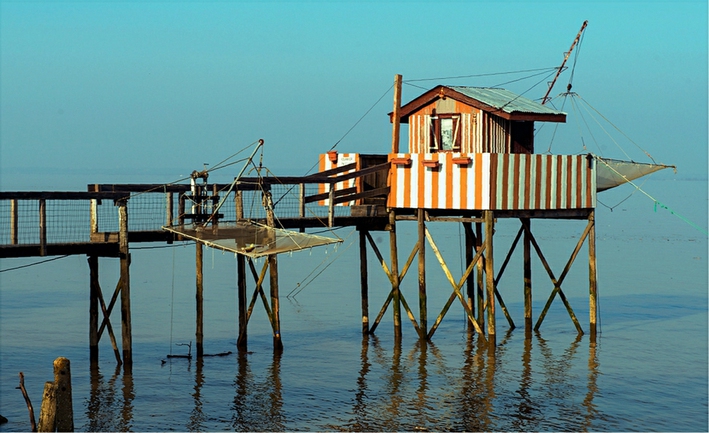
55
Right bank Appellations
Saint-Julien
920 hectares of vines I 26 producers I 6.5 million bottles a year
A substantial proportion of Saint-Julien's vineyards are to be found alongside
the Gironde estuary and in the middle of Haut-Médoc – so it is no surprise that
the appellation (in which the majority of wines come from classified estates) is
regularly described as the most reliable and consistent in the Médoc region. The
appellation covers a gravel-rich area 5 kilometres long and 3.5 kilometres wide.
Saint-Julien has by far the most uniform terroir in the Médoc. The proportion of
Cabernet Sauvignon used here is similar to in Pauillac. The juicy, elegant, excep-
tionally sensual and smoothly ample qualities of Saint-Julien wines make them
some of the most popular and well loved of any produced in the Médoc.
Pauillac
1,200 hectares of vines I 110 producers I 9 million bottles a year
Pauillac with its tiny harbour is the most important location in Haut-Médoc. It is
surrounded by the world-famous sites of three Premiers Crus, a handful of ‘su-
per seconds' and a number of ambitious estates following close behind. The ex-
tremely lean, deep gravel soils in the form of flat hilltops mixed with a little clay
and sand on the fringes, around two thirds of which are planted with Cabernet
Sauvignon, produce wines o
ff
ering density, structure, sophistication and power.
Saint-Estèphe
1,200 hectares of vines I 150 producers I 10 million bottles a year
Saint-Estèphe is the most northerly village appellation in the Médoc. It contains
only five classi
fi
ed but around 40 unclassi
fi
ed estates, which also produce ex-
cellent wines in good years. Saint-Estèphe is a goldmine for treasure seekers
56
Appellations South Bordeaux
more interested in content than classification. Around half of the soils combin-
ing quartz, deep gravel and sand and clay over limestone are planted with Cab-
ernet Sauvignon, with Merlot making up an impressive 40%. The style ranges
from angular and robust (basic wines) to elegant and spirited.
Pessac-Léognan
1,600 hectares of vines I 75 producers I 10 million bottles a year
The fact that the cradle of Bordeaux (and thus of Grand Vin) in and around the
two Bordeaux suburbs of Pessac and Léognan has de
fi
ed urbanisation is virtu-
ally a miracle, and a tribute to the efforts of the chateau owners who fought for
the creation of their own appellation which has existed since the 1986 vintage.
Ever since, this appellation has produced both red wines (80% of bottles) and
dry whites on assorted undulations of gravel and sand. The rare limestone soils
are kept for the white wines. The best reds are elegant, slender, well structured
and suitable for laying down. The white wines are fruity and juicy, assuredly
ample and lively yet always well balanced and good for laying down.
Sauternes
2,200 hectares of vines I 200 producers I 4 million bottles a year
Barsac is part of Sauternes but not vice-versa, and these two villages together
with Bommes, Preignac and Fargues are situated on the left bank of the Garonne
around 40 kilometres south of Bordeaux. Semillon is the main variety at 80%,
supplemented by Sauvignon and some Muscadelle, growing on gravel, sand,
limestone and clay soils. The grapes are harvested late in multiple harvests. One
hectare in Sauternes produces around 1,500 to 2,000 bottles of sweet wine. Sau-
ternes wines have gained aromatic precision, finesse, freshness and sophistica-
tion. They are sweet and fruity but not clumsy, even quite light in their own
way. They make delicious aperitifs, are excellent accompaniments to modern
cuisine as well as Asian dishes and snacks, and can be drunk young or left to
age for decades.
Graves
3,500 hectares of vines I 240 producers I 20 million bottles a year
Graves begins at the city gates of Bordeaux: Pessac-Léognan is a village appella-
tion in this underrated region. It extends for around 60 kilometres along the left
bank of the Garonne as far as Langon and has characteristic gravel soils (‘graves'
in French) mixed with sand and clay. Around three quarters of its wines are pow-
erful, characterful reds. The whites offer structure and sophistication.
57
Right bank Appellations
Saint-Emilion
5,500 hectares of vines I 800 producers I 35 million bottles a year
Nine communes around the small town of Saint-Emilion, around 50 kilometres
east of Bordeaux, are entitled to use this AOC. The principal variety is Merlot.
The Saint-Emilion Grand Cru designation is reassessed every year, while the
Saint-Emilion Grand Cru Classé A (4 estates), Premier Grand Cru Classé B (14
estates) and Grand Cru Classé (65 estates) classifications are reviewed every ten
years or so. The best wines come from the limestone plateau and its slopes of
clay over limestone around the town, and from a gravel, clay and sand terrace
to the north-west of the region (commune of Figeac – Cheval Blanc). The soils at
the foot of these slopes (Pied de Côtes) consist of clay, sand and gravel. Merlot
(around 60%) is supplemented by Cabernet Franc and a little Cabernet Sauvi-
gnon. Specific locations have a signi
fi
cant impact on the style: subtle and excep-
tionally elegant but with good aging potential (plateau), lively and dense medi-
um-bodied wines (slopes and lowlands), particularly fruity with character and
finesse (Figeac), characterised by woody notes and rich in extract in the style of
a Bolgheri (modernists), or compact and sharp (lowlands along the Dordogne).
Pomerol
800 hectares of vines I 150 winemakers I 4 million bottles a year
Pomerol, an oval four kilometres long and three kilometres wide on the right
banks of the Garonne and Dordogne, is the smallest of the large Bordeaux ap-
pellations in terms of size. The best ferrous loam soils with varying proportions
of clay and gravel can be found on the ‘plateau' around the church. In the west
towards the Isle – the Gironde's third river – the soils contain clay and sand and
produce lighter wines. In the east, Pomerol adjoins the vineyards of Saint-Emil-
ion (Figeac and Cheval Blanc estates). Merlot is the main variety at 80% and
produces elegant, velvety, full-bodied yet smooth wines.
Fronsac / Canon-Fronsac
1,100 hectares of vines I 150 producers I Around 8 million bottles a year
These two neighbouring appellations stand on a horseshoe-shaped chain of
hills between the Dordogne and the Isle, at a somewhat higher altitude than
those in Pomerol and Saint-Emilion in a relatively windy location, which has a
major impact on the maturation process and style of wine. Only a few winemak-
ers, mostly members of the Expression de Fronsac cooperative, produce great
wines. Clay over molasse and limestone soils, around 80% of which are planted
with Merlot, produce the most ‘Italian' of all the Bordeaux wines with angular
yet also astonishingly fresh tannins, offering extract and high levels of alcohol
which ensure long aging in the best examples.
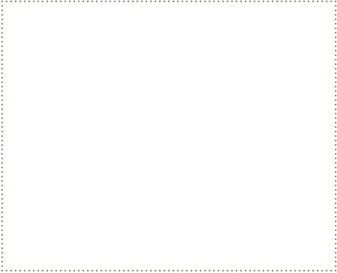

The best wine bars,
restaurants, hotels
and other selected
addresses for visitors
to Bordeaux
Beginning on page 274
58
Map Pessac-Léognan, Graves, Sauternes, Bordeaux
Pessac-Léognan, Graves,
Sauternes, Bordeaux
5 Château Bastor Lamontagne
14 Château Bouscaut
18 Château Brondelle
20 Château Caillou
27 Château Carbonnieux
33 Château Climens
36 Château Couhins
37 Château Couhins Lurton
38 Château Coutet
39 Château Crabitey
44 Château D‘Yquem
48 Château de Fargues
50 Château de Malle
51 Château de Myrat
54 Château de Rayne Vigneau
56 Château Doisy Daëne
57 Château Doisy Védrines
66 Château Filhot
73 Château Gilette
81 Château Guiraud
83 Château Haut Bailly
86 Château Haut-Brion
99 Château La Mission Haut-Brion
100 Château La Mission
Haut-Brion / Laville Haut-Brion
102 Château La Tour Blanche
107 Château Lafaurie-Peyraguey
112 Château Lamothe Guignard
120 Château Latour Martillac
126 Château Les Carmes Haut-Brion
130 Château Malartic Lagravière
143 Château Nairac
145 Château Olivier
148 Château Pape Clément
163 Château Rabaud Promis



